We don’t know how long the effects of Covid-19 will alter our daily lives and routines. Tied to the house and deprived of our usual distractions, this is a great time to experiment with growing vegetables. Choose some quick growing vegetables and you could be supplementing your store-cupboard with tasty greens within a few weeks. I’ve grown many of these in pots when I had a balcony in London so anyone with some outdoor space can give some of these a try – even in a window box.
I often buy seeds by post and you can even get pots, growbags and compost online if you cannot go out. Supplementing store bought staples with some fresh home grown crops will reduce the need for additional trips to the shops, give a much needed sense of achievement and add taste and flavour to cooking. You won’t be self sufficient but everything helps.
I’m sharing here some pictures of my seed packets but shop around online and see which varieties you like the look of.
Growing quick vegetable crops in a small space
What are the quickest growing vegetables? Many garden veg crops do require time to develop – at least 3 or 4 months from planting to plate and some many more besides. Yet over the years I have found vegetables that can be sown now, which will deliver rapidly. Act now and you could have a small harvest in a few weeks.
By definition, crops that are quick from seed to harvest generally take up less room so are suitable for container growing in pots on balconies and even in a window box.
If you’re new to sowing seeds there’s a guide here but most of the seeds below can be sprinkled directly into the soil or in a pot and covered over then watered. The crops below will be eaten young so will be harvested directly without the need to thin them out.
Here’s a list of suggested crops to sow now for harvest within 6+ weeks and a second list for later sowings for harvest beyond June if the need to self-isolate persists.
Quick growing early vegetable ideas
- Broccoli Raab (Cima di Rapa)
- Cut and come again salad mixes
- Spicy mizuna and rocket
- Micro greens and Pea Shoots
- Radishes
Quick growing vegetables with a slightly longer lead time
- First early and salad potatoes
- Oriental vegetables
- Baby carrots and beets
Broccoli Raab (Cima di Rappa)
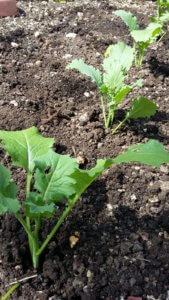
Cima di rappa growing in a veg patch. These are spaced far apart but can be grown closer together for a bigger harvest of young plants.
Broccoli raab, otherwise know as Cima di Rappa is my top performing quick growing vegetable crop and is highly prized in Italy, where the small broccoli-like heads and leaves are all eaten together. I first tasted this in Puglia where the pasta dish Orechiette con Cima di Rappa is a traditional local recipe. This is a good example of where a home-grown green can be combined with any store cupboard pasta to make a healthy, tasty dish. I have tried making orechiette from semolina flour and bread flour and it is very easy to make, although not so easy to shape!
Broccoli raab can be eaten raw or cooked and can be sown as early as February outdoors. Later sowings do mature quicker though. It can be harvested after 6-8 weeks but keep an eye on it as it quickly runs to seed if not picked and eaten. Don’t use the whole packet at once but sow some every 2-3 weeks to ensure supply throughout the summer.
Cut and come again Salads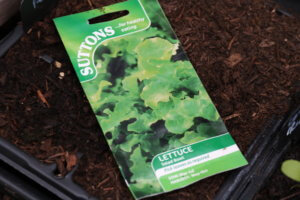
Many people are used to grabbing a plastic bag filled with mixed salad leaves, yet these same salad mixes are super easy to grow in a pot, window box, growbag or flowerbed. These are designed to be quick growing veg greens and are often sold as “cut and come again” or as “picking leaf” salads. These seed packets often contain multiple varieties – red, frilly, oak-leaf shaped and are chosen to be eaten as small leaves. At meal-times you can go out and pick a few leaves and more will follow over a season of a few weeks.
If growing in the open ground in more exposed locations, covering your seedlings with plastic cloches made from plastic bottles or upturned plastic punnets will allow them to grow just a little bit quicker, accelerating the time from planting to plate.
Mizuna and rocket
If you like leaves with a spicy flavour these two are worth a try as cut and come again crops. Mizuna is an especially quick growing vegetable crop; sow in March and you could be harvesting by the end of April. Likewise, wild rocket packs a punch and can be sown in March and April for a crop in May.
Peppery leaves like these are usually eaten in moderation or alongside other salads so you won’t need much. Be sure not to sow the whole packet!
Micro-greens and pea shoots
Think back to growing cress on blotting paper as a child. The ultimate quick growing vegetables to keep children interested, now “Micro-greens” offer a more grown-up selection of salad and herb flavours. The principle is the same, however and no compost is even needed.
Micro greens are essentially eaten as seedlings. Consequently you won’t get a huge volume but if you just want a bit of fresh green food without the need to pop to the shops, they may be an option. Seed mixes usually contain 5 or more varieties, including salads and herbs.
Many companies even sell micro-green kits so that you can grow them on a windowsill, although they can equally be grown in plastic punnets on damp kitchen roll or in small pots or seed trays of compost.
Pea shoots are also a good idea to grow and give you a pea taste in a salad leaf. Sow pea seeds as normal but eat the shoots as they grow.
Radishes
Radishes are tasty salad veg that can be eaten in salads, alongside sandwiches or in some cooked dishes. I recently saw an excellent recipe for a Spring one-pot roast chicken in BBC good food magazine with radishes roasted alongside a chicken with potatoes and frozen peas. If you’ve got a chicken in the freezer as part of your self-isolation shopping, this could be a good one to try.
Radishes are well known quick growing vegetable crops, often sown amongst slower veg. They can be sown as early as February and should be harvestable 6-8 weeks later. As with many of these suggestions, sow some every 2-3 weeks to ensure supply throughout the summer.
First early potatoes
If you like spuds early in the season, you’ll need to choose a quick growing potato variety. Potatoes can be grown in deep pots, special potato bags or in the ground but you’ll have to wait until June for March sown spuds. It’s worth it though as they’re tasty, nutritious and filling and the excitement of unearthing your crop cannot be underestimated. For a quick early crop you will need to choose seed potatoes described as “First Earlies”. Good varieties to try are Charlotte, Swift and Pentland Javelin. If you’re not growing in the ground, the Gardener’s World website has a useful video guide to growing potatoes in containers – you can watch it by clicking here.
Baby beetroot
Beetroots can grow to the size of tennis balls but this takes time and the result is often a bit woody and can take an age to roast or boil. Baby beetroots, however, are small and tasty and can be sown close together and harvested small after 6-8 weeks and then eaten or roasted whole. You can also eat the leaves for a peppery salad. Marshalls sell a bolt-resistant bay beetroot variety called Action F1 Hybrid.
Baby Carrots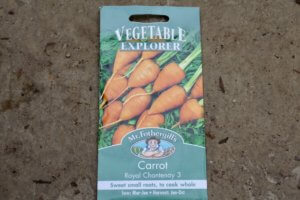
Some carrots take a while to develop, but remember, just like beetroots, they can be sown close together and picked and eaten as baby veg. A good variety to try and designed to be eaten small is Royal Chantenay 3. Sown in March, you can harvest from June.
Oriental greens
Pak Choi and Choy Sum are extremely useful veg as they can be eaten raw, or cooked in curries and stir-fries. They mature quickly but cannot be sown outdoors in the UK before May. Sow them then though and you can have baby leaves in a few weeks as a cut and come again crop.
If you’ve enjoyed reading this you might also be tempted to grow other veg too. Click here to read about growing Kale and here to read about tomato varieties that grow well outdoors in the UK. Both these crops can be grown in pots so are suitable for any garden, balcony or patio.
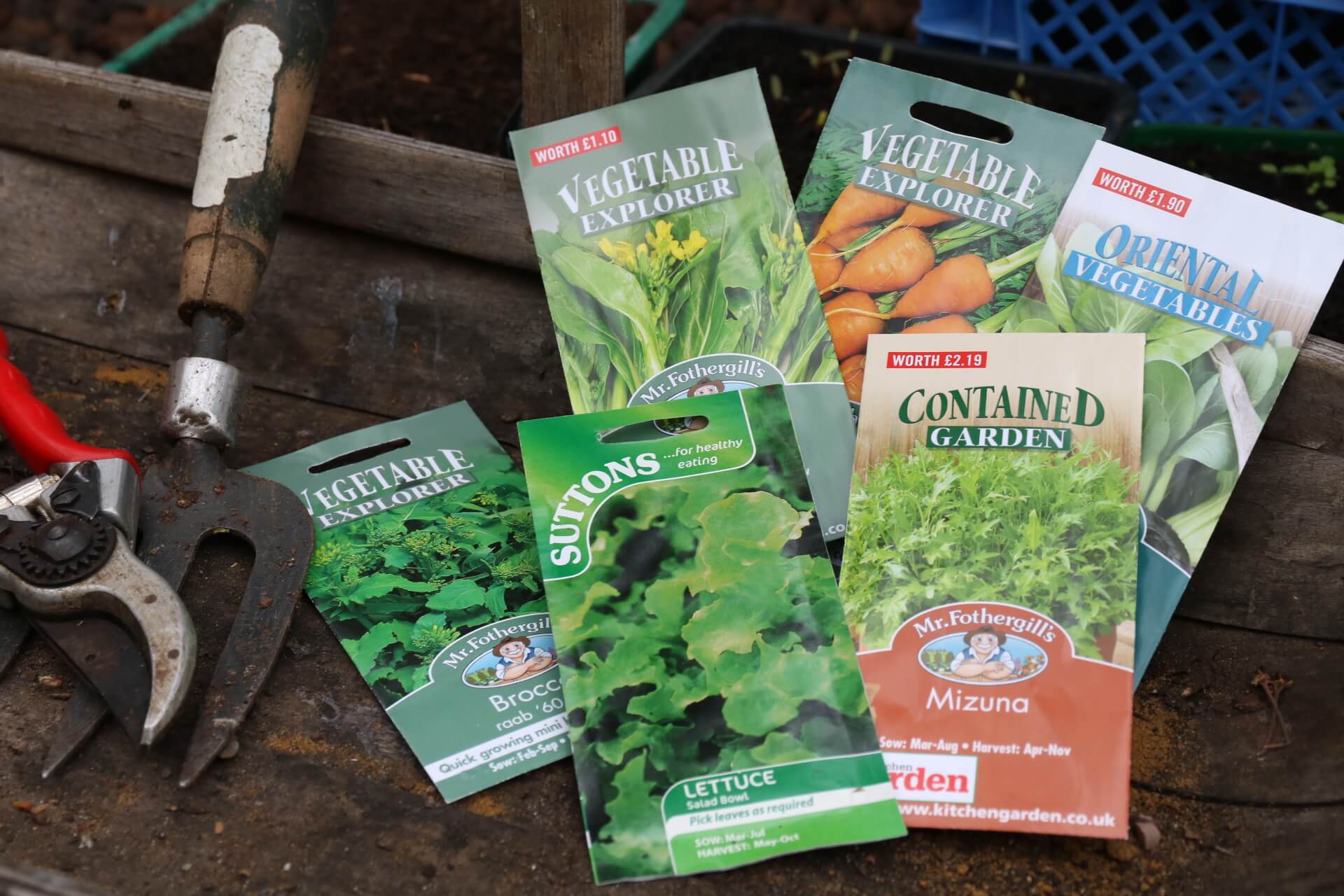
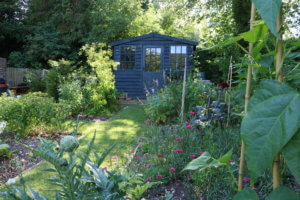
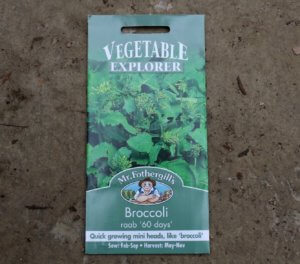

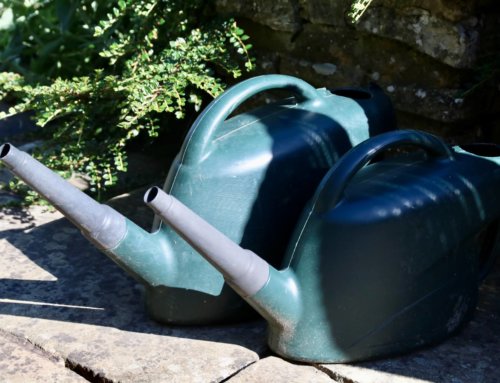
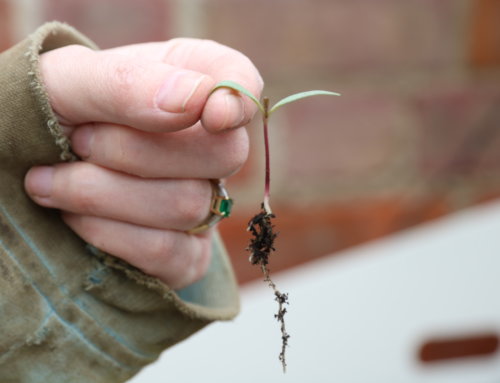
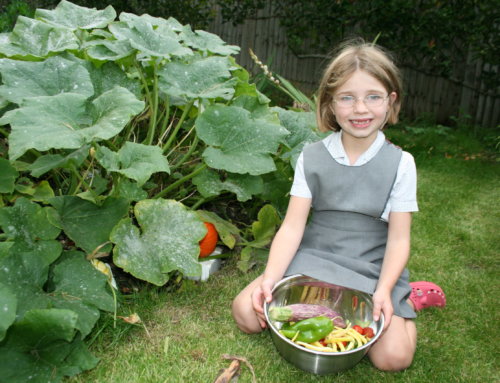
[…] The Teabreak Gardener – fast growing vegetables to start now in the self isolator’s guide to quick growing vegetables. […]
[…] Quick growing vegetables for small spaces from The Tea Break Gardener […]